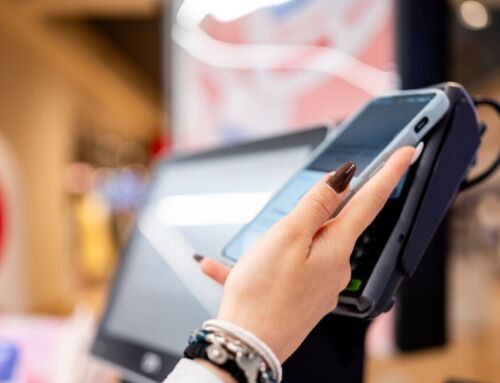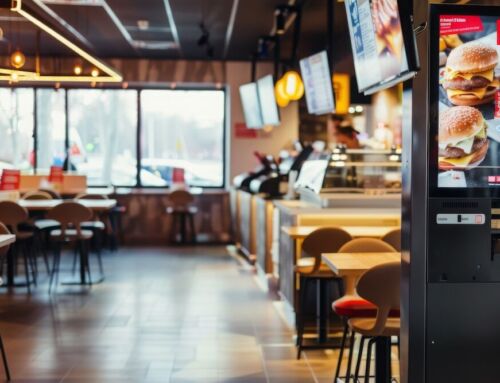In today’s digital world, the idea of receiving a printed catalogue the size and weight of a small paving slab through the post for the purposes of ordering goods for home delivery seems exotically quaint and old-fashioned.
But in their prime, catalogue retailers were not just powerhouses of consumerism. In many respects, they laid the foundations for the modes of retail we take for granted today. Before there was Amazon, there was Grattan and Freemans, one-stop remote shops offering tens of thousands of products delivered straight to your door.
Catalogue retailers were among the first multichannel retailers, too. Littlewoods was as well known as an iconic presence on the high street as it was for its home delivery catalogue. Argos and Ikea, both of which have survived to remain at the cutting edge of modern omnichannel retail, only stopped printing their catalogues in 2020 and 2021 respectively.
You could even argue that, while the printed catalogue may have had its day, the catalogue retail model itself is very much alive and well in eCommerce. After all, isn’t an e-retail website just a digital product catalogue?
Old model, new form
Yet unlike the Littlewoods of old, where mail order and physical retail existed in a state of complementary harmony and balance, the relationship between eCommerce and bricks-and-mortar stores is complex. The rise of digital retail is widely pointed to as the key reason for the decline of the high street. It’s not just that eCommerce added to competition in retail markets. It has fundamentally changed consumer behaviour in ways that many legacy brands have struggled to keep up with.
And let’s not forget that many of the great catalogue brands of yesteryear are among the list of once iconic brands to have fallen by the wayside.
But that raises the question of how some great catalogue brands, Argos and Ikea chief among them, have managed to adapt and thrive so successfully. What have they done differently? What can other retailers learn from them?
One answer is that the core model of how they operate hasn’t changed all that much. At Argos and Ikea stores, the catalogue model still persists in digital form.
Argos in particular continues to offer something of a unique shopping experience in general retail. In the past, you made purchases in an Argo store by flicking through the same catalogue you had at home, writing down the code for the items you wanted to order, and taking it to the collection counter. Today, it’s exactly the same. Only you’re using a digital kiosk to look up items in a digital catalogue, and then placing your order and paying at the same console. It’s Click and Collect (which you can also do via the Argos website) but in person.
Lessons from QSR kiosks
Argos takes a unique approach in general retail. But you can find similar models elsewhere. Trade retailers like Screwfix, Toolstation and Selco employ it, too, in a sector that until very recently was dominated by B2B-focused catalogues. Embracing the intersection of eCommerce and kiosks has helped many of these brands successfully make the lucrative leap into B2C retail.
But perhaps most fascinating of all is the similarity to how kiosks are used by big QSR restaurant chains. Of course, the McDonalds and KFCs and Subways of the world have never used catalogues to sell their wares. But they are widely acknowledged as the examples par excellence of kiosk success, with the introduction of self-service and the separation of ordering and fulfilment on premises credited with reducing wait times, boosting average order values and increasing customer satisfaction.
The in-person customer journey is remarkably similar in a McDonald’s restaurant and an Argos store. Walk up to a kiosk, browse for what you want, place the order digitally, and wait for your order to be called. And if you want to, you can use an app to place the order before you even arrive. It has been a phenomenal success in the QSR sector, and the likes of Argos, Ikea and trade retailers have shown it can work in retail, too. So why isn’t it more widespread?
Evolving store formats
Part of the issue may be to do with floorspace and the practical restrictions on inventory smaller retail units impose. In the past, high street catalogue retailers were typically the ‘big ticket’ vendors in town, operating out of the largest premises to be able to stock the vast product selections contained in their catalogues. But due to a combination of high rents and competition from vast out-of-town eCommerce distribution centres, that just isn’t viable anymore.
Perhaps as big ticket retail continues to diffuse away from the high street to large, spacious, purpose-built (and relatively cheap) locations on out-of-town retail parks, the conditions will be right for catalogue-style retail to make a full revival. Perhaps, as omnichannel retailers continue to grapple with the logistics of balancing massive distribution hubs with convenient local fulfilment centres for that all-important last-mile, we’ll see the emergence of hybrid retail-distribution centres emerge – warehouse-sized premises stocking a complete range of a brand’s goods, with ‘front-of-house’ salesrooms set aside for customers to browse and purchase directly.
And, of course, it will be kiosks that they use to look up items, check stock availability, place orders and pay. Just like the good old days of visiting a catalogue store.




